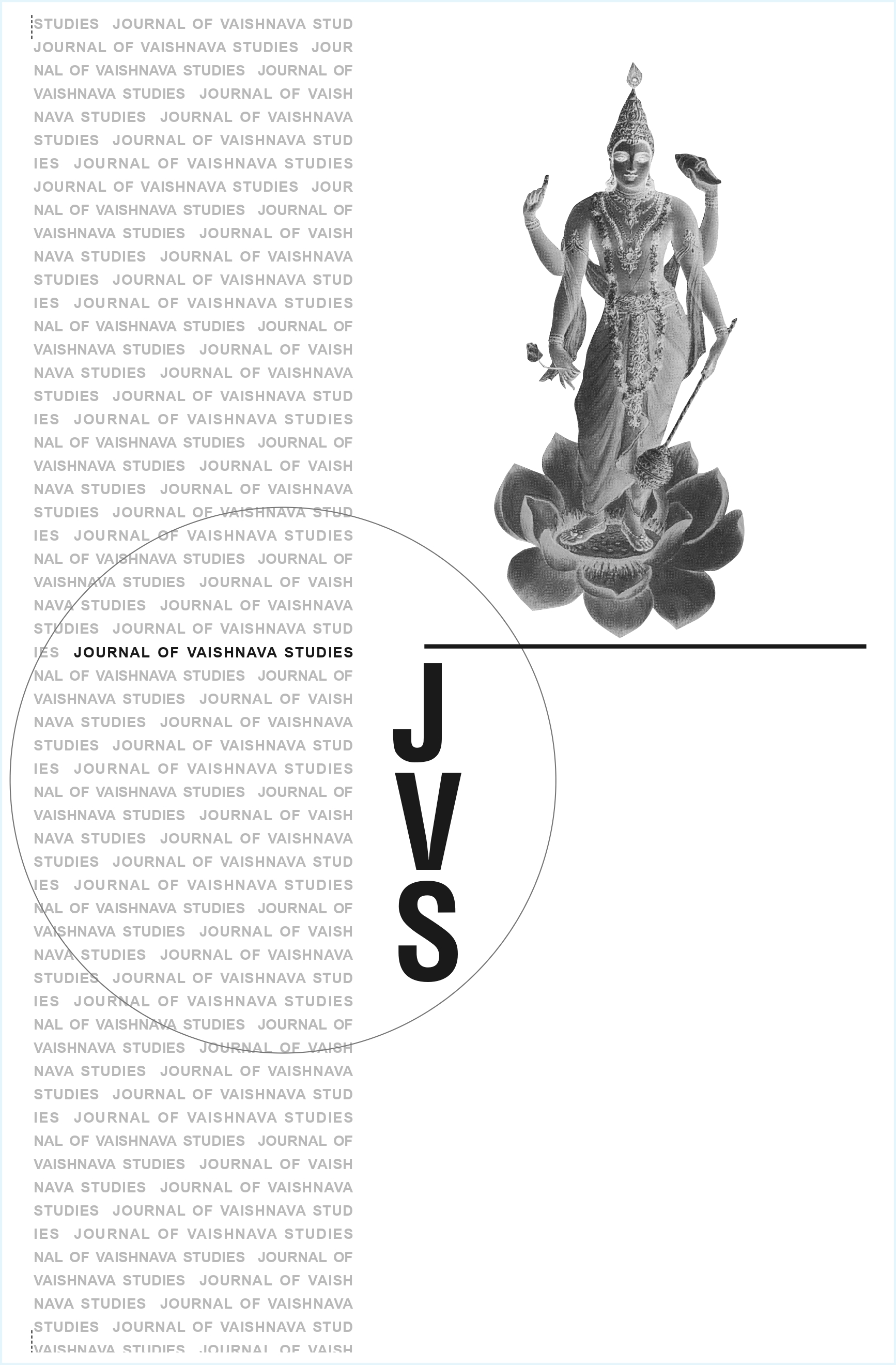Viśvanātha Cakravartī’s View on Yoga
Keywords:
Viśvanātha Cakravartī, Gauḍīya Vaiṣṇavism, Aṣṭāṅga-yoga, Bhāgavata Purāṇa, bhakti, Caitanya tradition, Paul H. Sherbow, devotional hierarchy, yoga and VedāntaAbstract
The article "Viśvanātha Cakravartī’s View on Yoga" by Paul H. Sherbow analyzes how the 17th-century Gauḍīya Vaiṣṇava theologian Viśvanātha Cakravartī engaged with the classical Aṣṭāṅga-yoga system in relation to bhakti. Drawing primarily from Viśvanātha’s commentary on the Bhāgavata Purāṇa, Sherbow shows how yoga is acknowledged as a legitimate but subordinate path, meaningful only when aligned with devotional service to Kṛṣṇa. The article situates Viśvanātha’s interpretation within a broader Gauḍīya lineage, tracing his fidelity to earlier ācāryas such as Rūpa, Sanātana, and Jīva Gosvāmīs. Ultimately, Sherbow argues that Viśvanātha’s hermeneutics reflect a carefully calibrated theological hierarchy, where yoga serves as a preparatory or supportive practice but is never the soteriological goal itself.Published
2005-12-13
Issue
Section
Articles





